Amazing!!
Why Swimming in Roman Baths Can End Badly
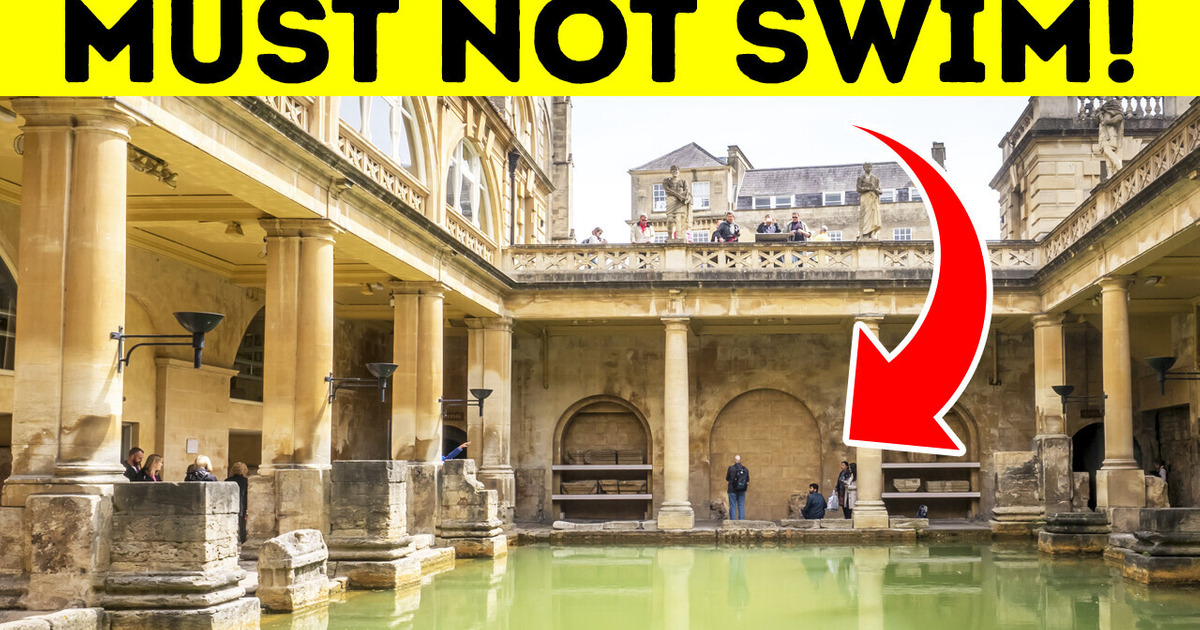
A thermal spa is not a fancy modern way to relax. I’d say, it’s a fancy old-fashioned way to relax! The city of Bath in South England has its name — yep, you guessed it right — because it had baths.
In the 1st century AD, the Romans started using natural hot springs there as a thermal spa. In the Middle Ages, Bath became an important wool industry center that had those famous hot springs, and by the 18th century, the whole city became an elegant spa resort.
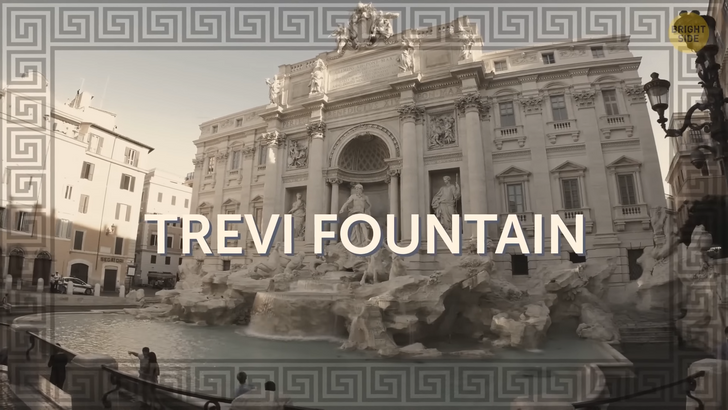
Even though there’s the city of Bath in England, it’s not the place where Roman baths originated. Roman baths are from Rome — yeah, sounds quite logical. There was also a tradition behind those baths — some people threw various objects in them. These could be brooches, bracelets, or even vases! These were gifts to the Goddess Minerva, thrown to honor her. So, a whopping amount of coins was once found in one Roman bath — about 12,000!
Sounds impressive, but another attraction in Rome easily beats even this crazy number — I’m talking about the Trevi fountain. On average, people toss over 3,000 dollars there. Nope, it’s not a monthly or even weekly amount. That’s what travelers toss there per day. I’d rather not calculate that, but there’s one thing I know for sure — the Trevi fountain earns way more than I do.
By the way, one guy named Roberto Cercelletta had been fishing those coins with a magnet for 34 years and could get up to 1,000 dollars per night. He was only arrested in 2002 when the city authorities stopped turning a blind eye to him. Today, the money is collected by the city workers and sent to charity.
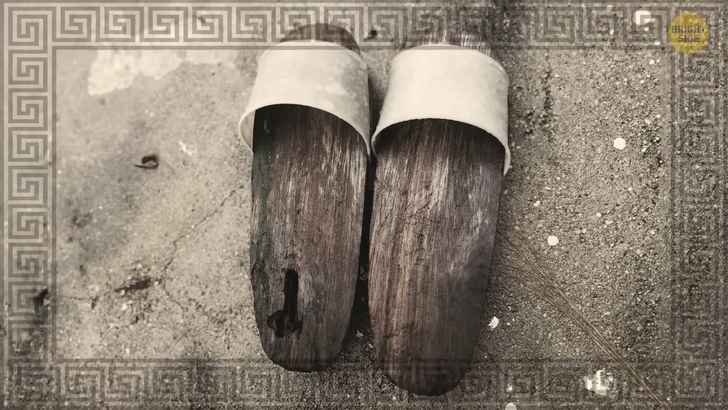
It’s not that the Roman baths only had a sort of a pool to swim in. They featured some hot rooms sometimes, so they resembled modern saunas in a way. There was one super hot room heated by a special system located underground.
This room was called the “caldarium” and those who wanted to sweat a lot would head right there. As it was heated from beneath, the floors were scorching hot. To protect their feet people needed to wear wooden... I don’t wanna call them slippers, so let’s call them wooden shoes. Another type of rooms was called “tepidarium”.
It was cooler than “caldarium”, and people could have a massage with oil there. Yeah, back in old times there wasn’t a large range of hot rooms, and today it’s all quite different. Some modern spa centers can host up to 8,000 people a day! Like, there’s a spa center near Munich with almost 2,000,000 square feet of space and 26 different hot rooms. This spa center is considered to be the largest in the world.
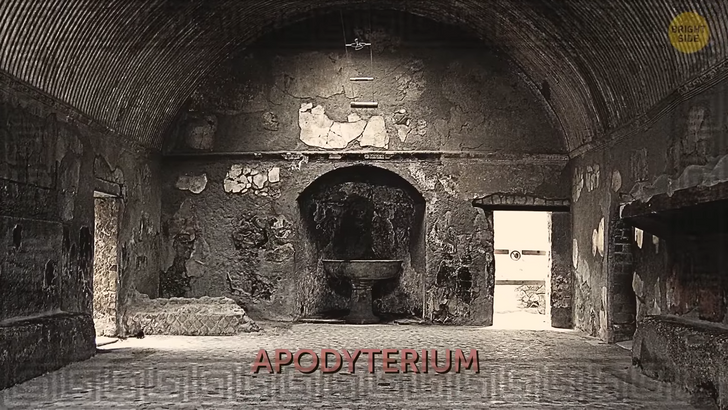
It’s not that the ancient Roman baths only had 2 rooms and both of them were hot. There was also a special changing room called Apodyterium. There were no lockers back then, and historians claim thefts in Roman baths were quite common. There was also a gym in those baths — the room was called “Palaestra” and people could exercise there, for example, weight lifting was pretty popular.
There were also such rooms as “sudatoria” and “laconica” — super dry rooms where people sweated a lot, and “natatio”, which was basically an open-air pool. Once people had relaxed, bathed, and exercised enough, they’d head to the “frigidarium” at the end of the day. “Frigidarium” sounds like “fridge”, huh? Right, it was a cold room with cold baths where the bathers would cool down after hot procedures.
We’re back to English Roman baths and sorry to break it to you, but you aren’t allowed to swim here, at least now. The problem is that back in the 1970s, dangerous bacteria were found there, and they even caused a fatal disease in a girl who swam there. After that tragic event, everyone was forbidden to swim in those Roman baths.
The water was then thoroughly inspected, and it turned out that it was polluted, plus there lives a particular species of dangerous amoeba. What’s weirder is that the very same baths had been previously used to provide water-cure treatments. Those treatments had been even prescribed by the NHS for over 30 years, from 1948 to 1976.
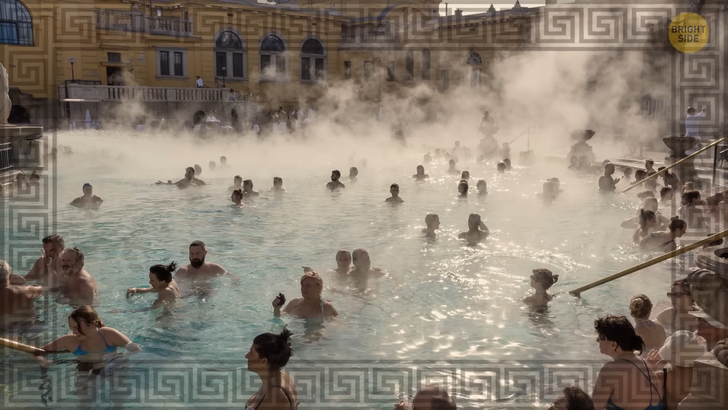
Those who wanna enjoy safe thermal baths, you’ve got plenty of options to pick from! For example, you may want to consider traveling to Hungary. This country may be landlocked, but it has an incredible amount of thermal water sources — about 1,300! Its capital Budapest alone has 123 sources, and when it comes to bathing, the season doesn’t matter.
Soaking in thermal waters is a part of the national culture there, and this culture dates back to Roman times. The Hungarian baths are as stunning as the Roman ones. Look here, it’s Gellért Fürdő, and it’s believed to be one of the most elegant baths out there. Tile mosaics — yes, please! Intricate column — there you have it! Frescoed ceilings — sure thing!
What’s curious about Hungarian thermal waters is that not only are there hot water springs, but there’s even an entire thermal lake. It’s called Lake Hévíz and the water there is warm enough to have baths even in winter. Yeah, you won’t spend an hour there swimming, but you’ll definitely be able to at least dip in. Also, lotuses are growing on its surface. The medicinal water lake is about 10 acres, so no wonder you can even see some boaters there — the lake’s pretty large.

Anyway, Roman baths aren’t only about getting clean, swimming, and relaxing. They’re also about feasting, social interactions, and fun! So when Romans went to those baths, they would have various snacks, for example, fruit and cakes, but some people would eat even oysters.
Also, it was quite typical to play games, such as tabula, which is an ancient board game. Also, there was enough room for ball games! The Romans loved a game called trigon — this game of catch was played by three people with three balls. All those activities were held in Palaestra, the exercise room, remember?
As for getting clean and getting a rub down, sure thing the Romans didn’t have the fancy body washes we have today. One of the best-loved products was, surprisingly, oil. Now look here. See that quaintly shaped piece of metal? It’s called a strigil, and it’s a sort of ancient washcloth.
Yeah, the washing procedure was quite different back then: today, we lather the shower gel and rub the body with a washcloth, but in ancient times people had another approach. The Romans would cover their bodies with oil, which would soften up the dirt on the skin, and then they would scrape the oil and all the dirt off.
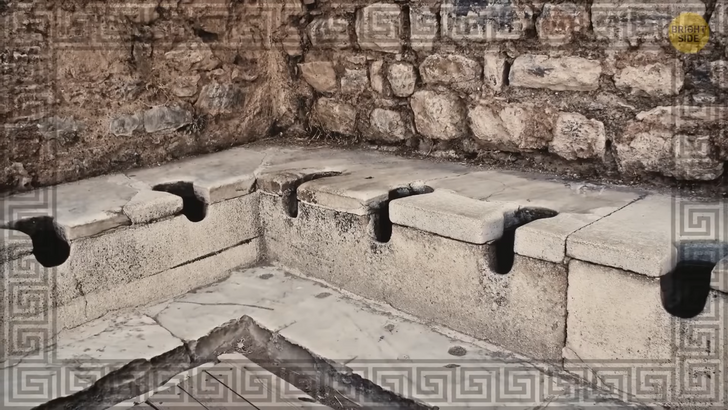
Wanna learn one more crazy fact about ancient hygiene? Ancient Romans didn’t bother much about privacy. Their toilets consisted of stone slabs with holes without any dividers. So people would come there to do their business and maybe casually talk.
They would also share a sea sponge used for wiping. Too much sharing! To make the whole process even more comfortable, the Romans would fix the sponge at the end of a stick. It was usually soaked in a container filled with vinegar or salty water. Well, when in Rome... I ain’t doing that...
Even though the fact about a shared sponge may sound gross, it seems like the Romans did care about hygiene. The Roman baths were accessible to everyone, both the rich and the poor. The baths would normally open at lunchtime and would close at dusk. The entrance fee was small — it only cost two denarii. Denarii was one of the smallest denominations back then.
It’s hard to say how much it’s worth in today’s dollars, cause it has no monetary value now, but historians claim it wasn’t much. More so, on some occasions, for instance, on public holidays, there was no entrance fee, so anyone could hang out in Roman baths for free.
Comments
Related Reads
15+ Heartfelt Times When Women Proved There’s a Rainbow After Every Storm

15+ Mothers-in-Law Who Can Turn an Ordinary Day Into a Comedy Show

I Refuse to Let My Mother Disrespect My Stepdaughter, Even If It Costs Our Relationship

My BFF Invited Me to Her Baby Shower, It Turned Into My Worst Nightmare

I Was Shamed for Being a Single Mom — but My Little Girl, 6, Had the Last Word

I Refused to Work on My Vacation, Even Though “Millions Were at Stake”

13 People Share the Things They’ve Been Hiding From Their Partners for Years

I Refuse to Be Left Out Without Consequences

I Walked Out of the Family Reunion After My Stepdaughter Handed Me a List of “Rules”

12 Stories That Prove Kindness Is a Superpower in Disguise

I Refused to Take My Stepdaughter on Our Family Trip

I Refused to Follow My Mom’s “Different Beds” Rule—And the Real Reason Was Heartbreaking
